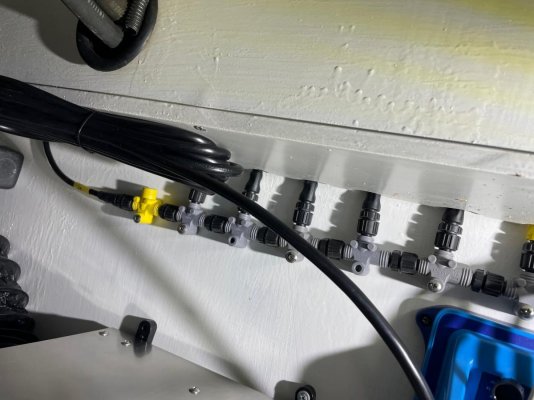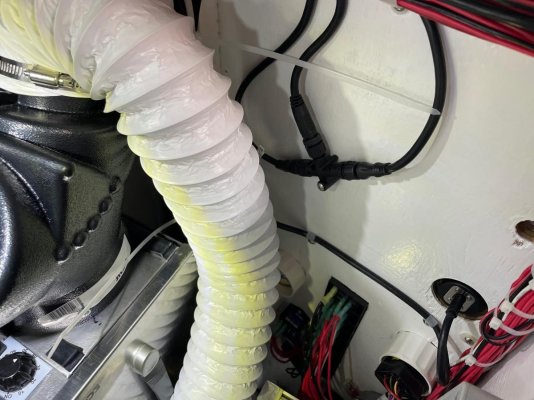magna 6882
Guru
- Joined
- Apr 20, 2020
- Messages
- 695
- Location
- USA
- Vessel Name
- Intrepid
- Vessel Make
- North Pacific/ NP-45 Hull 10
hello all
I have been having some gremlins with my network since the boat was new. Depth finder would stop working once in a while for a few minutes and then would stop about 25 percent of the time then on this last trip auto pilot would show a loss of speed sensor. Since there are no boat repair shops even answering there phone i decided to try to take on troubleshooting myself.
I purchased a n2k meritron meter and a nmea 2000 to usb adapter for connection to a computer.
What i am confused about is the connection of these devises.
Can i just add 2 tees to the backbone and add the terminal resister?
Can a tee or drop remain in the system with no connection once i remove the meter?
I have been having some gremlins with my network since the boat was new. Depth finder would stop working once in a while for a few minutes and then would stop about 25 percent of the time then on this last trip auto pilot would show a loss of speed sensor. Since there are no boat repair shops even answering there phone i decided to try to take on troubleshooting myself.
I purchased a n2k meritron meter and a nmea 2000 to usb adapter for connection to a computer.
What i am confused about is the connection of these devises.
Can i just add 2 tees to the backbone and add the terminal resister?
Can a tee or drop remain in the system with no connection once i remove the meter?



![IMG_9291[2644].jpg IMG_9291[2644].jpg](https://www.trawlerforum.com/data/attachments/116/116236-7bc2d1c24f58f51afc4e7a7642dd5243.jpg)
